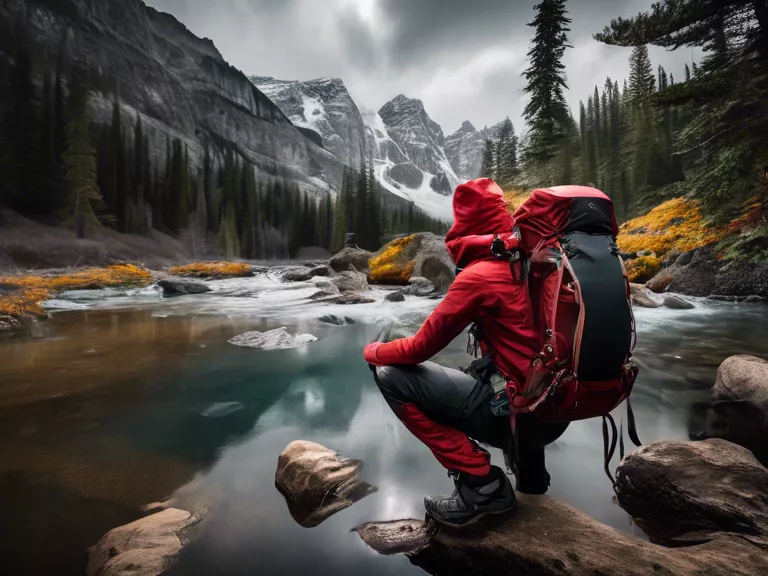
Capturing motion and movement in photography can add a sense of energy and dynamism to your images. Whether you're photographing a sports event, a dancing subject, or a fast-moving object, mastering the art of capturing motion can take your photography to the next level. Here are some of the best tips for capturing motion and movement in your photography:
Use a fast shutter speed: One of the most essential tips for capturing motion is to use a fast shutter speed. A fast shutter speed will freeze the action and prevent any blurring in your images, allowing you to capture sharp and crisp details of the moving subject.
Consider panning: Panning is a technique where you move your camera along with a moving subject to create a sense of motion in your images. To master panning, follow the subject with your camera while keeping it in focus, and use a slower shutter speed to blur the background while keeping the subject sharp.
Experiment with long exposure: Long exposure photography is a technique where you use a slow shutter speed to capture motion blur in your images. This technique works especially well for capturing the movement of water, light trails, or any other moving elements in your scene.
Focus on composition: Pay attention to the composition of your images when capturing motion. Consider using leading lines, framing, and different angles to create a sense of movement and guide the viewer's eye through the photo.
Practice and be patient: Capturing motion in photography takes practice and patience. Experiment with different techniques, settings, and subjects to find what works best for you. Don't get discouraged if your first attempts don't turn out as expected—keep practicing and refining your skills.
By following these tips and techniques, you can effectively capture motion and movement in your photography and create dynamic and engaging images that truly come to life.



